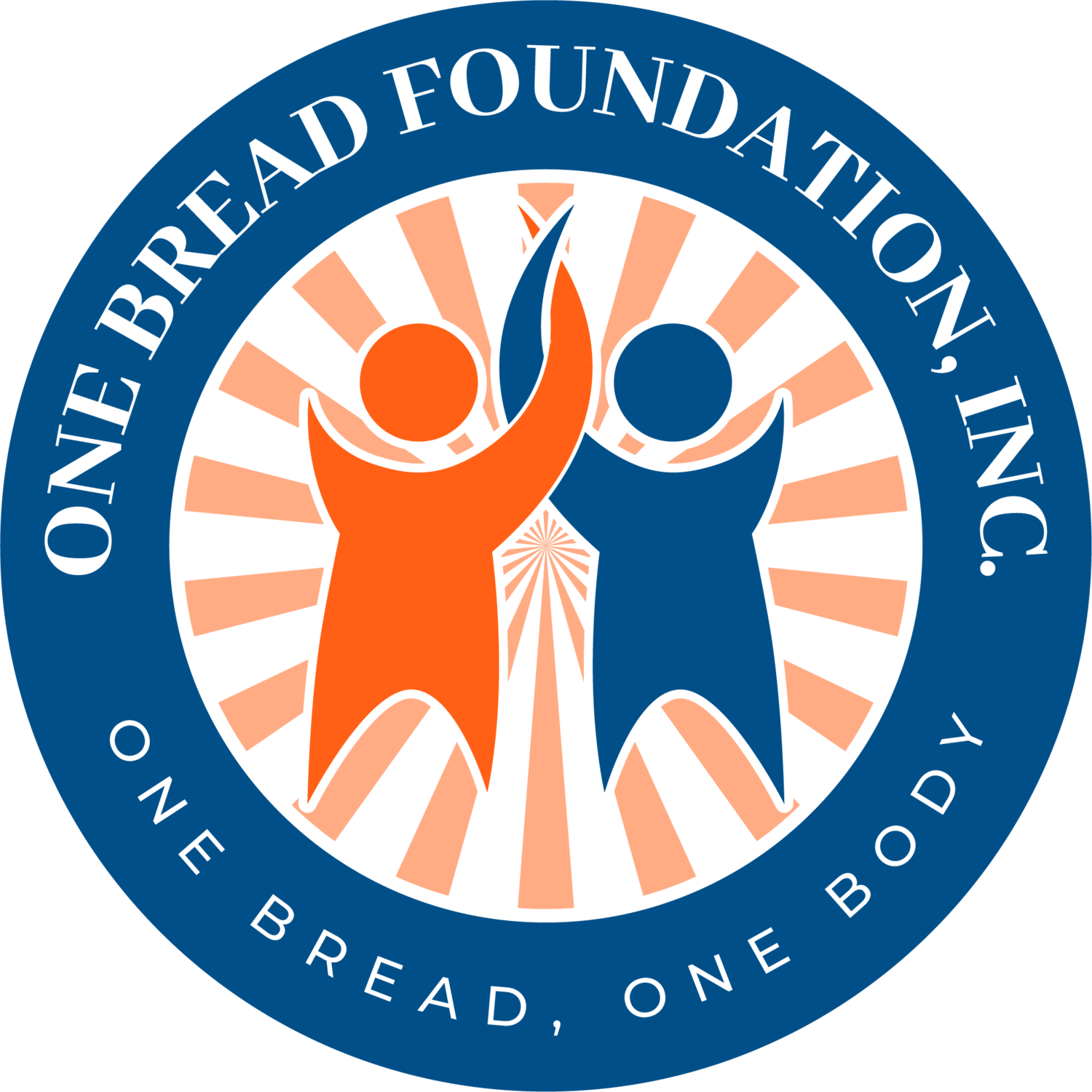By Constance Thum, Senior Contributing Writer
Childhood invokes the image of a carefree period marked by innocence and vulnerability, and one that must be protected against corruption. Child labour and trafficking are issues that threaten the childhoods of millions of children. The charity World’s Children has found that the majority of children are trafficked for labour purposes such as performing domestic household services, factory or agriculture work. A shocking statistic estimated that there are 168 million child labourers in the world who are engaged in “hazardous work” that can potentially harm these children’s physical, emotional, or social well-being.
The interactions between gender and poverty are potent, with girls from the Global South being at high risk of trafficking and working in dangerous, exploitative jobs. Girls make up 66% of child trafficking victims and 99% of victims trafficked for sexual exploitation. This is closely tied to social and economic exclusion when girls are pressured to drop out of school early, which limits their future ability to generate income. Underage girls are often viewed as an economic burden and poor investment compared to their male siblings, thus are forced to marry early after leaving school. The combination of low education levels and domination by male relatives means women and girls are more likely to be trapped in cyclical poverty, and are more vulnerable to trafficking and exploitation. Common tactics used by traffickers include coercion, lies, violence, and debt bondage to force female victims into jobs without their consent. Most girls trafficked for child labour go into the service industry, most prominently domestic work and the sex trade. Regulation is especially difficult for domestic work given the private setting of employment, which makes girls susceptible to violence, exploitation and abuse.
Male victims of trafficking should not be forgotten. Boys are more likely to join the agriculture and industry sectors, and often perform gruelling, hazardous work. Moreover, the number and incidence of boys in hazardous work has decreased at a much slower rate than girls, which indicates that more needs to be done for male victims of trafficking and child labour.
Central to child labour and trafficking is the issue of global economic polarisation and inequalities. Child labour and trafficking are most prominent in economically developing regions like Sub-Saharan Africa where the majority of child labour takes place. The agriculture and manufacturing industry are labour-intensive and employ cheap child labour, with the children working long hours in dangerous work conditions. Poorer regions highly dependent on the economic wealth generated by these industries may have less stringent work and labour regulations. Seen in this light, the affluence and luxuries enjoyed by the developed Global North are at the expense of children in the developing Global South.
Child labour and trafficking should be tackled in two main ways: awareness and accountability. Immediate awareness campaigns may focus on ways to spot trafficked victims, and companies that use child labour. The Bureau of International Labour Affairs (ILAB) has curated a list of goods and products suspected of involving child or forced labour. This list may bring the invisible issue of child labour to the spotlight and encourage individuals to engage in responsible consumption. More long-term awareness campaigns should tackle the problem of gender inequality in education and emphasise the value of girls’ education in breaking out of cyclical poverty that makes children vulnerable. Equally important is making traffickers, corporations and governments accountable for their exploitation and oversights. ILAB’s 2020 list included 155 goods produced in 77 countries around the world. Domestic and global supply chains are structured in ways that systematically exploit the most vulnerable. Hence, there must be greater transparency and accountability for businesses and industries, harsher penalties for traffickers, and more pressure put on governments and law enforcement agencies to uphold justice and defend human rights at risk.
Ultimately, stakeholder cooperation between activists, states, law enforcement and businesses should be encouraged to manage the root causes of child labour and trafficking. Protecting children is a moral responsibility that all societies should be concerned about, and each of us can play a part in ending child labour and trafficking. If you would like to know more about One Bread and our mission, please subscribe to our website and share this cause with your friends and family. You may also consider donating to One Bread Foundation if you are interested in playing a crucial part in the rehabilitation of sex trafficking victims.
References and further reading:
World’s Children: Child trafficking statistics
The Invisible Work of Girls: Inside the Life of Female Child Labour in Ghana
Gender and child labour in agriculture
Everywhere But Invisible: Girl Child Labourers in Agriculture
